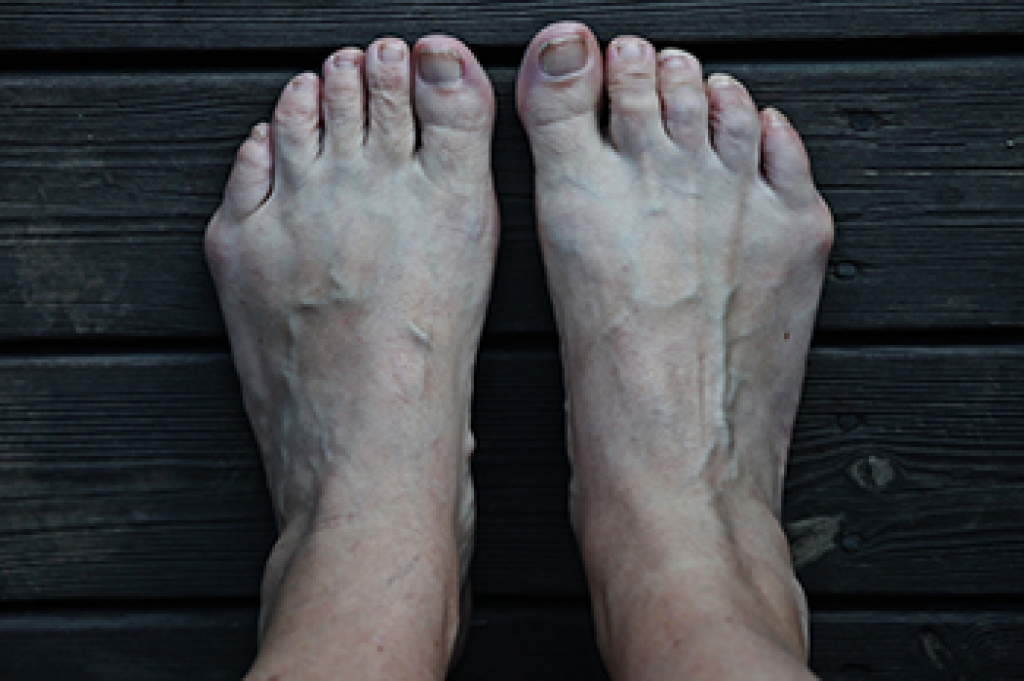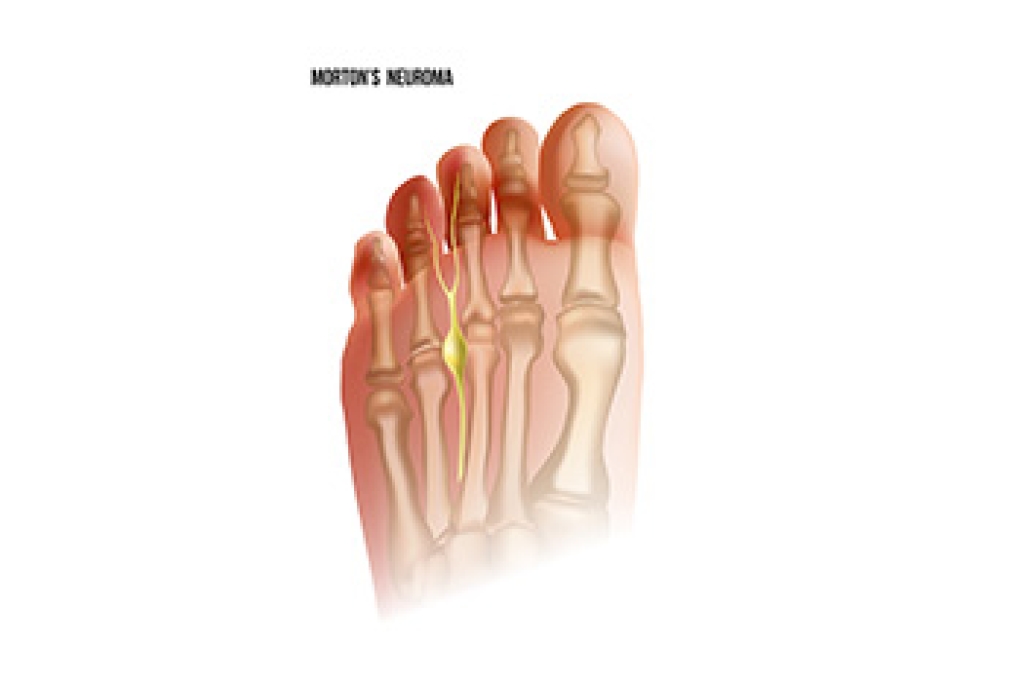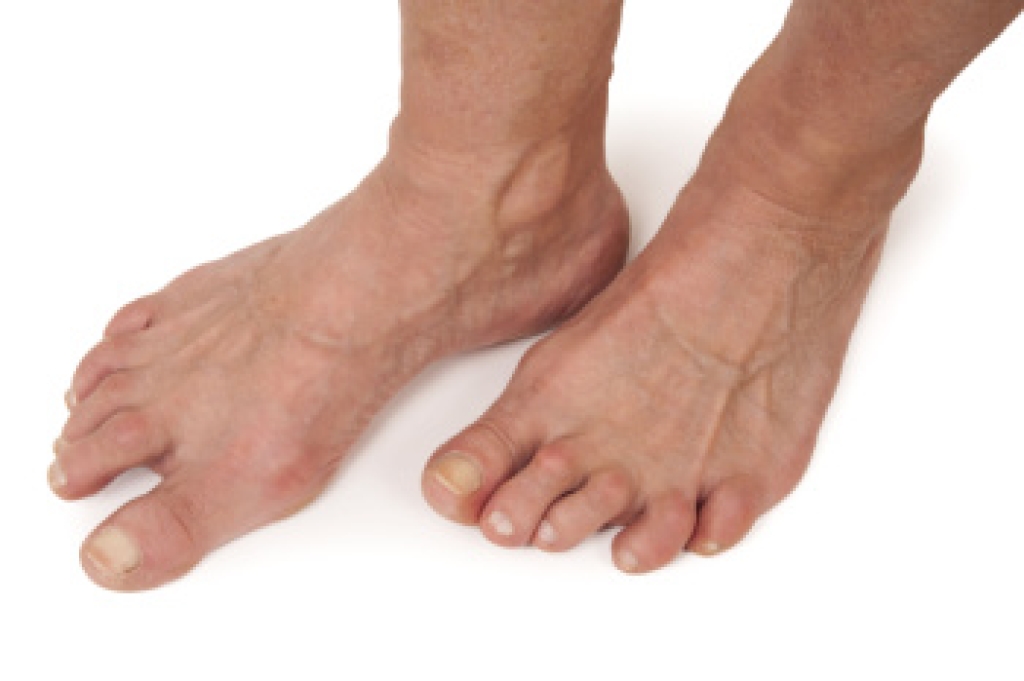
A bunionette, also termed a tailor’s bunion, is a bony prominence that develops at the base of the little toe where the fifth metatarsal meets the toe. This condition can lead to pain, especially if the area becomes inflamed from pressure or rubbing inside a shoe. As the bunionette forms, it often causes the little toe to shift inward toward the fourth toe, making the foot appear wider and increasing discomfort while wearing regular footwear. Some people may have a genetic tendency for this deformity, while others develop it due to structural traits in the feet, such as how the toes or metatarsal bones align. Wearing narrow shoes with a pointy toe may worsen the issue, especially in women. In some cases, bunionettes may develop after certain foot surgeries or as a result of joint inflammation. Complications include painful corns between the fourth and fifth toes, joint pain, or arthritis. If you have a bunion on your pinky toe, it is suggested that you schedule an appointment with a podiatrist for an exam and appropriate treatment options.
If you are suffering from bunion pain, contact Franklin Harry, DPM of Best Foot Forward. Our doctor can provide the care you need to keep you pain-free and on your feet.
What Is a Bunion?
Bunions are painful bony bumps that usually develop on the inside of the foot at the joint of the big toe. As the deformity increases over time, it may become painful to walk and wear shoes. Women are more likely to exacerbate existing bunions since they often wear tight, narrow shoes that shift their toes together. Bunion pain can be relieved by wearing wider shoes with enough room for the toes.
Causes
- Genetics – some people inherit feet that are more prone to bunion development
- Inflammatory Conditions - rheumatoid arthritis and polio may cause bunion development
Symptoms
- Redness and inflammation
- Pain and tenderness
- Callus or corns on the bump
- Restricted motion in the big toe
In order to diagnose your bunion, your podiatrist may ask about your medical history, symptoms, and general health. Your doctor might also order an x-ray to take a closer look at your feet. Nonsurgical treatment options include orthotics, padding, icing, changes in footwear, and medication. If nonsurgical treatments don’t alleviate your bunion pain, surgery may be necessary.
If you have any questions, please feel free to contact our offices located in Festus and St. Louis, MO . We offer the newest diagnostic and treatment technologies for all your foot care needs.




